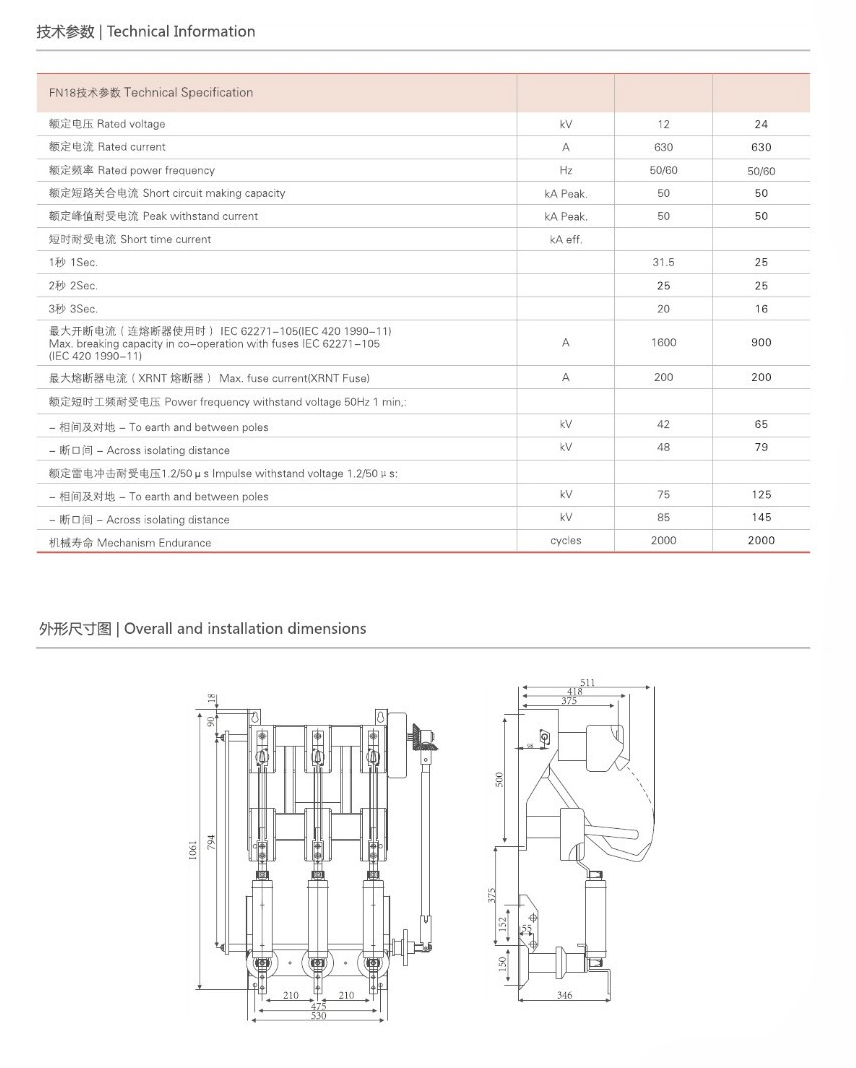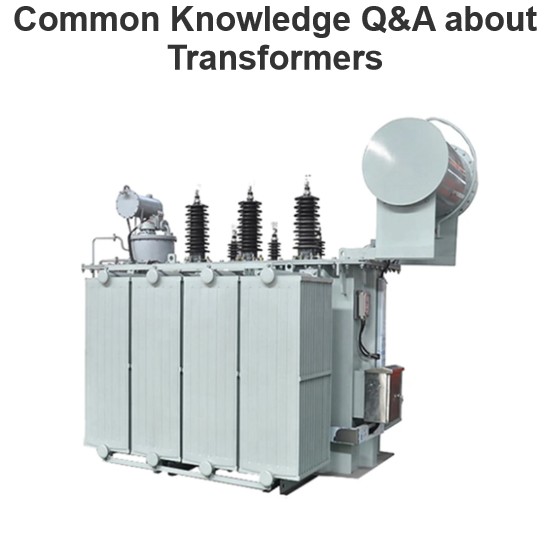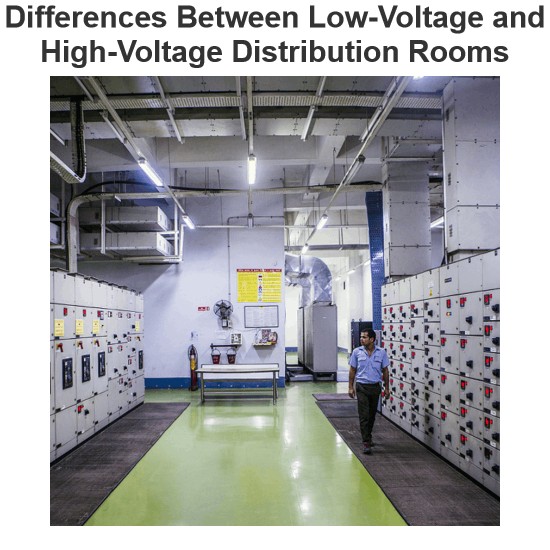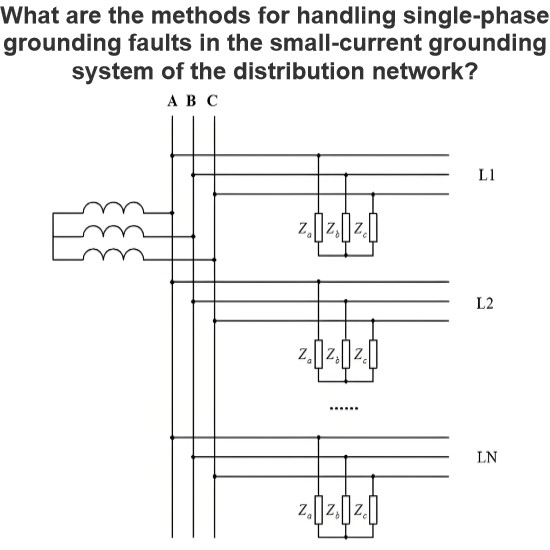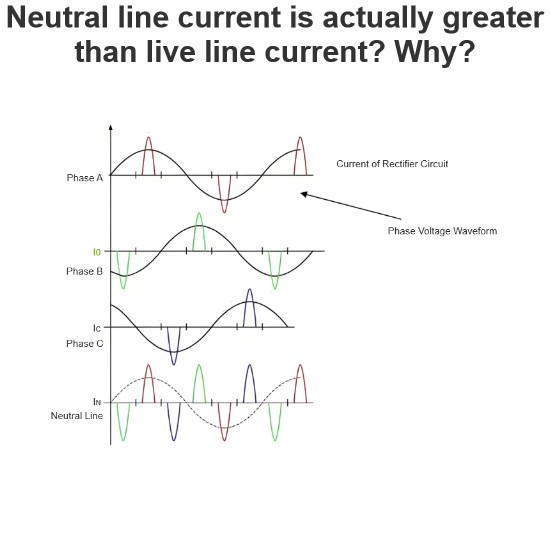High Voltage Indoor Load Break Switch
discuss personally
Model
| Brand | Switchgear parts |
| Model NO. | High Voltage Indoor Load Break Switch |
| Rated voltage | 40.5kV |
| Series | FN18-12/24/40.5kV |
The FN18 series indoor high-voltage load switch has the advantages of advanced design, easy operation, compact structure, small size, comprehensifunctions, light weight, fast switching speed, and high reliability. Suitable for AC 50Hz, rated voltage 12kV, 24kV, rated current 630A, and three-phasdistribution systems, especially suitable for urban network construction and renovation projects, high-rise buildings, and ring network power supply of public facilities. It is an ideal product for box type substations and transformer protection.
